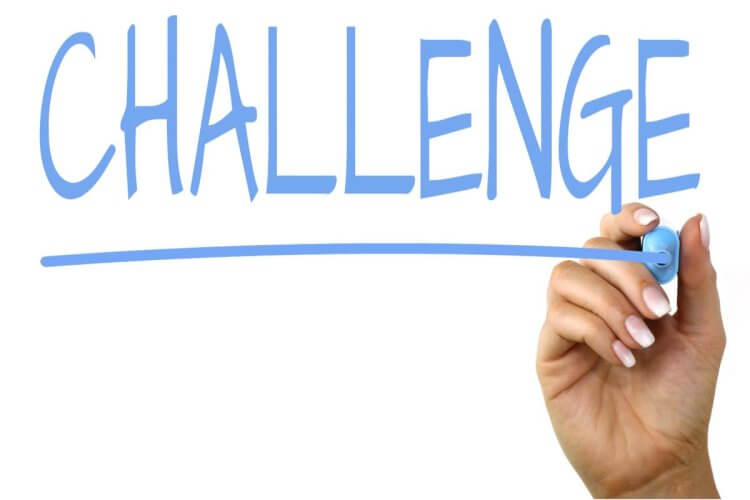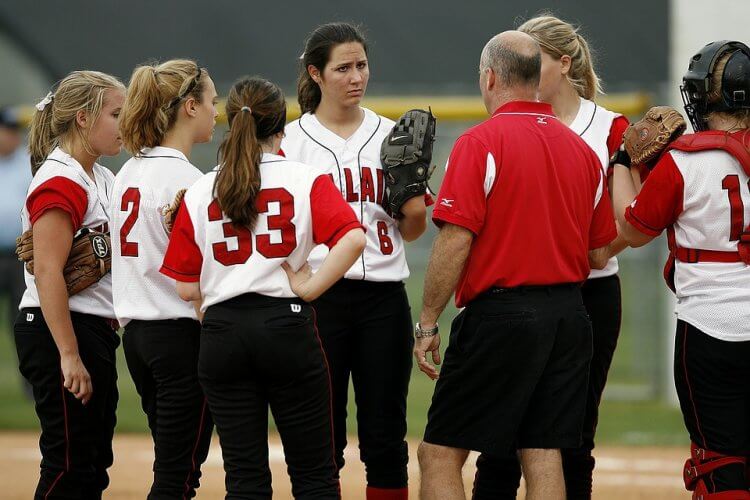Michael Jordan famously said, “I’ve failed over and over and over again in my life. And that is why I succeed.” Jordan’s quote indicates that his past failures were one reason for his success. Specifically, his perspective demonstrates the importance of growth and resilience in his achievements.

For teachers, this same attitude toward failure and resilience can shape students’ attitudes, and ultimately, their success long after their time in the classroom. With this perspective in mind, helping students develop the skills necessary to demonstrate resilience should be prioritized. This article will help readers better understand the types of resilience, how each type appears in an academic setting, and provide suggestions for creating an environment where students leverage their own skills and environmental resources in demonstrating resilience.

What is Resilience?
Resilience is conceptualized in two distinct manners (Fletcher & Sarkar, 2012). Rebound resilience, the more commonly mentioned form, is the ability of an individual to respond to minor or temporary setbacks and return to normal functioning. A second form, robust resilience, is the ability of an individual to maintain both well-being and performance in pressure type situations. Every individual will encounter challenges during their life (although the severity of those might differ), and how well they respond to those stressors and bounce back from their failures will influence their future success. How this looks like in the classroom can be best illustrated by two examples:
Student A: Jeremy is a capable student. Whenever Jeremy is confronted with a high-pressure test, he seems to shut down and is not able to demonstrate his knowledge of the topic. In practice problems, if he understands the material he works hard on the project, but if he fails to grasp a concept or receives negative feedback, he tends to withdraw and is hesitant to move forward with the rest of the assignment.
Student B: Carson is a capable student. Whenever Carson is confronted with a high-pressure test, he seems to cope with the challenge and perform in a way that clearly demonstrates his knowledge of the topic. In practice problems, if he understands the material he works hard on the project, but if he fails to grasp a concept or receives negative feedback, he initially becomes frustrated. However, he quickly refocuses and works to find a solution to the problems at hand.

In these scenarios, both types of resilience are demonstrated by Carson but not by Jeremy. Carson demonstrates robust resilience when he performs well in a high-pressure situation, not letting external demands impact his own performance. He demonstrates rebound resilience when he does not let his frustration derail moving forward on the assignment. Instead, he utilizes the feedback received to find a new solution and complete the practice problems. These two scenarios are most likely familiar to anyone who works with students in some manner. How a student deals with high-stakes situations (or at least the perceptions of high stake situations) and failure in a task can be one factor that predicts future achievement.

Before moving into how you can help your students develop the resources needed to demonstrate resilience, there are a few key things to understand about the concept.
- First, individuals are not born resilient or non-resilient. Instead, individuals demonstrate resilient or non-resilient responses in specific situations because of the skillset they have at that time, and this skillset can be developed (Fletcher & Sarkar, 2016; Gonzalez, Detling, & Galli, 2016). We need to think of demonstrating resilience as a skill that can be developed and not a static “you have it or you don’t” characteristic.
- Secondly, individual resilience is not sufficient in overcoming severe environmental factors. Helping students develop the qualities that allow them to develop resilience is a starting point, but without investigating structural or organizational factors that might be causing unnecessary stress individual programming is an incomplete intervention (Taylor, 2019).
- Finally, when thinking about the environment you can create as an instructor, we should not think of these environments as low-challenge. Instead, the most beneficial environments focus on high levels of challenge WITH high levels of support. However, without support, an environment high in challenge can lead to a host of negative outcomes and be seen as unrelenting to students (Fletcher & Sarkar, 2016).

How to help students respond in a resilient manner
There are several steps you can take to better prepare students to respond to challenges and failures in a way that allows them to demonstrate resilience when challenges arise. These suggestions parallel a mental fortitude training program incorporated into a sport environment (Fletcher & Sarkar, 2016), but the application to other contexts with slight modifications is possible. Below, three ideas to incorporate into your own teaching practices are overviewed to support students’ ability to demonstrate resilience.
- Challenge students to identify how past experiences can influence how they approach future challenges. Students often downplay past experiences in which they have previously demonstrated resilient responses. Often, students do not think of how their actions in the past can shape how they approach future challenging situations unless they are explicitly asked to reflect on them. As a teacher, asking students to reflect and process past negative experiences (e.g., failing an exam, experiencing high levels of stress) can help them begin thinking about how to approach future challenges. Specifically, ask students what challenges they have previously overcome, what skills they learned or utilized during the process, and what resources they used to move past these challenges. Self-reflection can help them begin thinking of themselves as someone who is capable of resilient responses and skilled at performing well in challenging situations.

- Help students develop social networks and new coping skills. You are a critical support system in the lives of your students, but you should not be the ONLY support for your students. In your classroom, creating a climate where students develop personal connections with peers, support each other, and share challenges and successes can provide an environment where students feel safe to test skills needed for future success. If students feel that every move is evaluated by peers, they can feel pressure to succeed at all costs. This increases the pressure they put on themselves and forces them to adapt a more restrictive, perfectionistic mindset. Providing time for classmates to connect at a personal level, designing activities that allow for students to develop connections with a large number of peers, and encouraging students to provide and receive support from classmates can help shape this environment to be a beneficial resource for students.

- Normalize and model failure and (more importantly) responses to failure. There is a saying that states, “Fail early, fail often, and fail cheaply.” While an initial glance at this statement might raise eyebrows, there are certain factors that can benefit students. First, normalizing failure (fail early, fail often) indicates that failure is part of the growth process and helps to move students away from a fear of failure and the need to be perfect. Instead, students can embrace that failure occurs regularly, and through failure, learning can occur and spur better future outcomes. Second, when students are allowed to fail in low stakes environments like practice homework (fail cheaply), with no negative consequences, they feel more comfortable testing new ideas and finding novel strategies for success. If all assignments were high-stakes, the focus of the class is primarily on the outcome and the time to develop beneficial strategies is negligible. Providing opportunities for students to fail early, often, and cheaply is critical for normalizing failure, emphasizing growth, and helping students perform under pressure situations. Finally, be honest with students about your own failures. If you try something new, and the idea fails, be open with your students about the experience. Explain that trying new things is how growth occurs and then explain how you learned something in the process even though your initial idea did not go according to plan.
Demonstrating resilience in times of high pressure and challenge is a critical factor in success at the academic level, but also throughout a student’s life. Encouraging students to reflect on past experiences and highlight strengths and skills utilized previously, develop a social network of support, and normalizing and modeling failure are three things that can help students grow their skills and create an environment where they feel comfortable demonstrating resilient responses.

In the field of therapeutic recreation they encourage participants to, “fail forward”. Thanks for the great article and reminder. It is easy to be overly critical during finals.